Sustainability Initiatives
Sustainability has emerged as a pivotal driver in the Ambient Food Packaging Market. With growing awareness regarding environmental issues, consumers are increasingly favoring products that utilize eco-friendly packaging materials. This shift is prompting manufacturers to explore biodegradable and recyclable options, thereby reducing their carbon footprint. Market data indicates that the sustainable packaging segment is anticipated to grow by approximately 5% over the next few years. Companies that adopt sustainable practices not only enhance their brand image but also align with consumer values, which is likely to bolster their market position in the ambient food packaging sector.
Rising Demand for Convenience Foods
The increasing consumer preference for convenience foods is a notable driver in the Ambient Food Packaging Market. As lifestyles become busier, consumers are gravitating towards ready-to-eat meals and snacks that require minimal preparation. This trend is reflected in market data, which indicates that the convenience food segment is projected to grow at a compound annual growth rate of approximately 4.5% over the next five years. Consequently, manufacturers are focusing on developing packaging solutions that enhance product shelf life while ensuring ease of use. The demand for ambient food packaging is likely to rise as companies strive to meet consumer expectations for quick and accessible meal options.
Technological Advancements in Packaging
Technological innovations play a crucial role in shaping the Ambient Food Packaging Market. The advent of smart packaging technologies, such as active and intelligent packaging, is transforming how food products are preserved and presented. These advancements not only extend shelf life but also enhance food safety and quality. For instance, the integration of sensors that monitor freshness and temperature is becoming increasingly prevalent. Market data suggests that the smart packaging segment is expected to witness a growth rate of around 6% annually. As these technologies become more accessible, they are likely to drive the demand for ambient food packaging solutions that cater to modern consumer needs.
E-commerce Growth and Online Food Delivery
The rapid expansion of e-commerce and online food delivery services is significantly influencing the Ambient Food Packaging Market. As more consumers turn to online platforms for grocery shopping and meal delivery, the demand for packaging that ensures product integrity during transit is increasing. This trend is supported by market data showing that online food sales are expected to grow by over 10% annually. Consequently, packaging solutions that are durable, lightweight, and capable of maintaining product quality are becoming essential. This shift is likely to drive innovation in ambient food packaging, as companies seek to meet the evolving needs of the e-commerce landscape.
Regulatory Compliance and Food Safety Standards
Regulatory compliance and adherence to food safety standards are critical drivers in the Ambient Food Packaging Market. Governments and regulatory bodies are increasingly implementing stringent guidelines to ensure food safety and quality. This has led manufacturers to invest in packaging solutions that not only comply with these regulations but also enhance product safety. Market data suggests that the demand for compliant packaging is expected to rise, as companies prioritize consumer health and safety. As a result, the ambient food packaging sector is likely to see innovations aimed at meeting these regulatory requirements, thereby fostering growth in the industry.
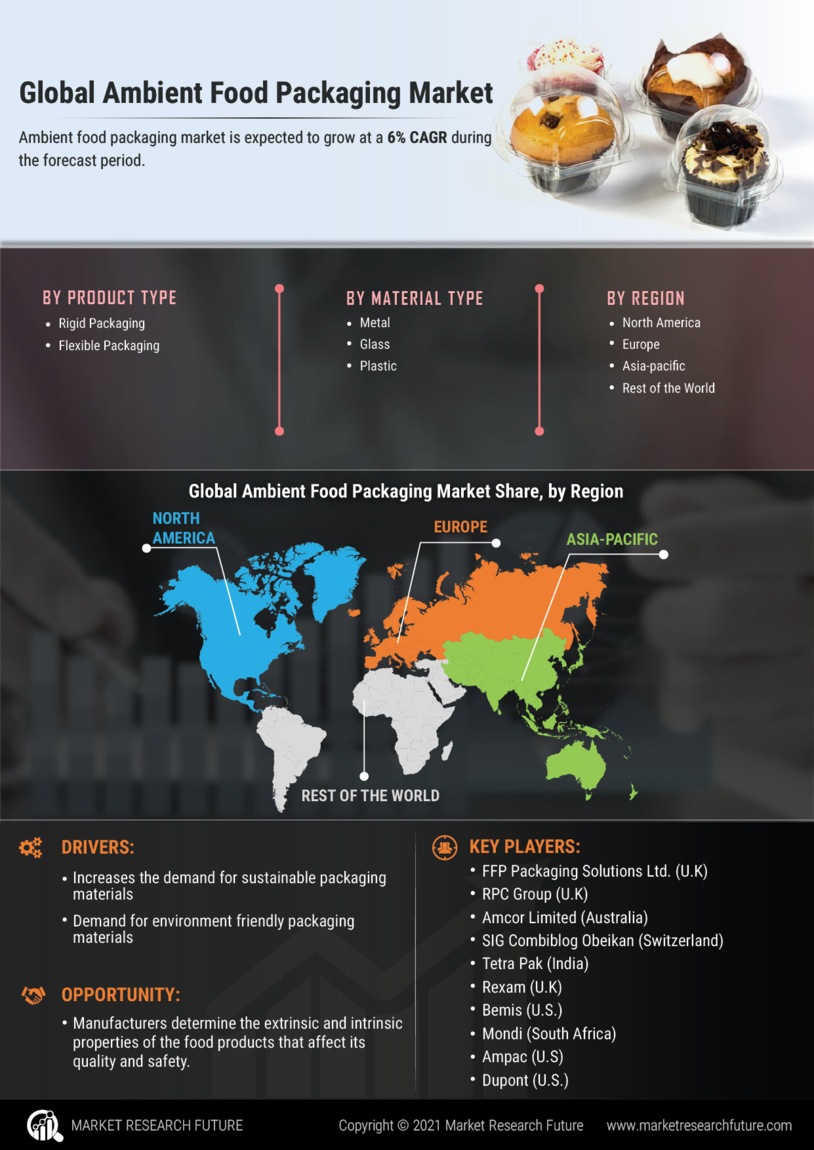

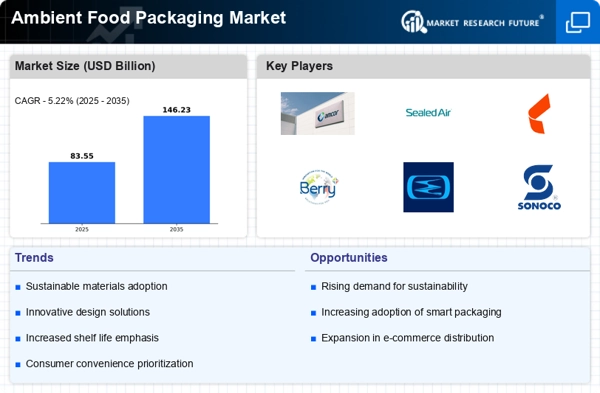
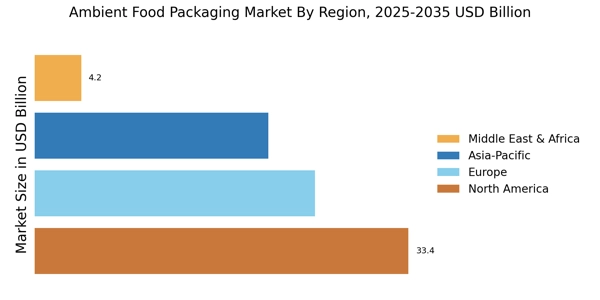

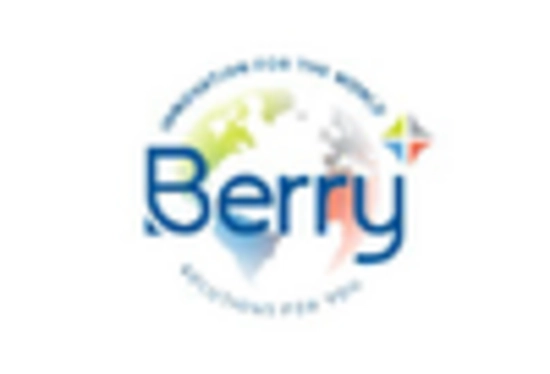



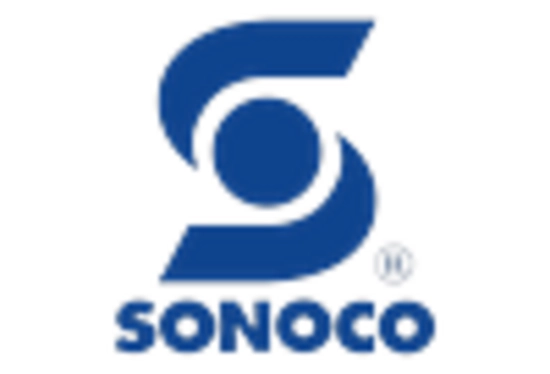








Leave a Comment